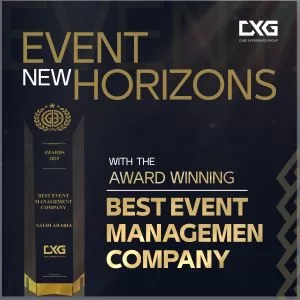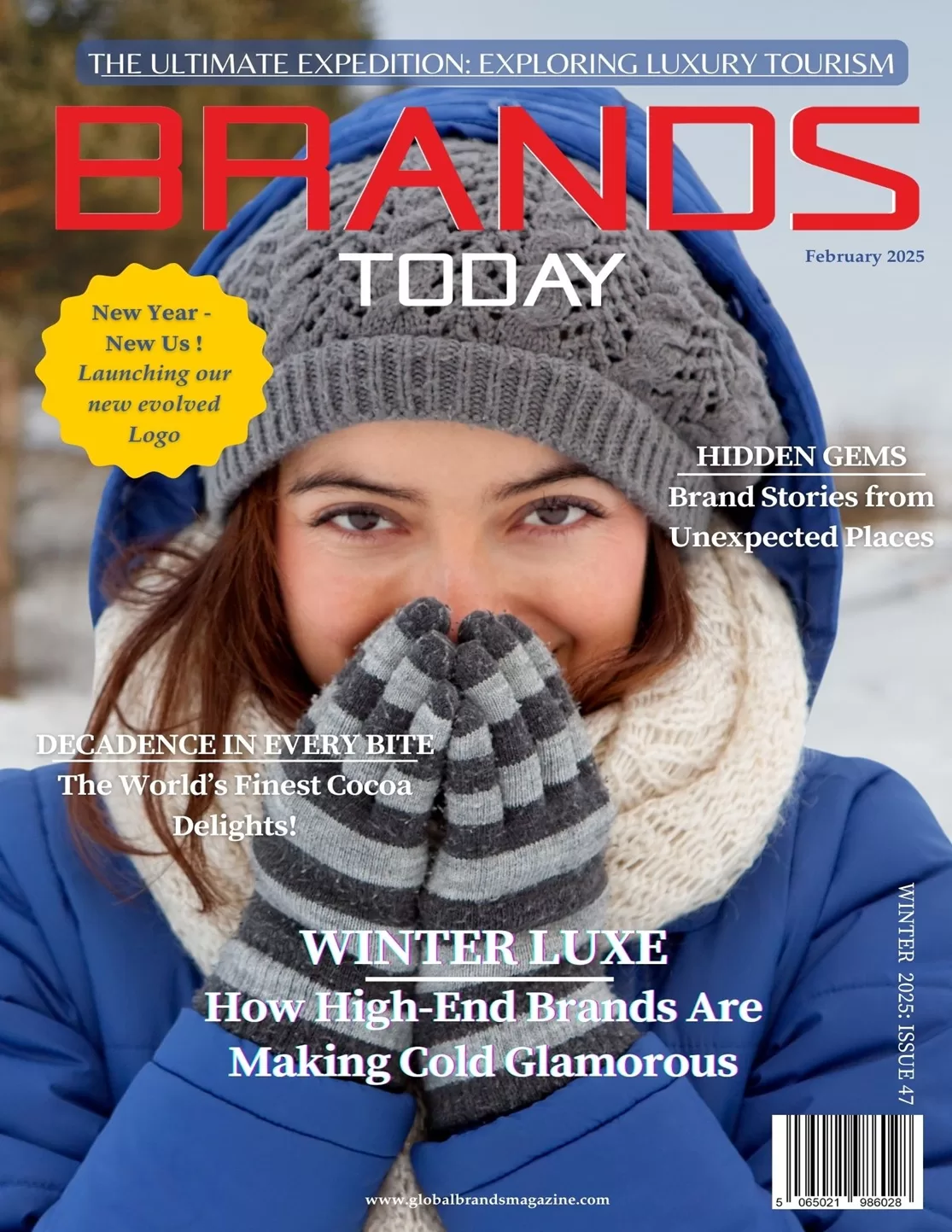Brand Strategy
How to Collaborate Effectively During Brand Development Projects

Whether you’re a graphic designer, a marketing lead or a copywriter, creating a brand can naturally be equal parts challenging and rewarding no matter your skill sets or discipline. But considering that brand development typically involves so much more than just design, these unique enterprise-building development projects can also be incredibly collaborative by nature. From market analysts to writers, illustrators, photographers, videographers and logo designers, different people and teams must collaborate effectively during brand development projects of all scopes and sizes.
The challenge for many modern brand development projects is finding the easiest ways to collaborate across conflicting working styles, work schedules, or even across different time zones! So how do you keep track of everyone’s input and maintain records of incremental improvements to your ongoing brand development project? That’s precisely the question we’ll be seeking to answer today with this exhaustive guide on how to cultivate collaboration on these highly dynamic and naturally multidisciplinary projects.
Keep Development Materials Up-To-Date
Arguably the most vital component of effectively managing a brand development project is keeping track of your project materials as they evolve. This is typically easier said than done for projects that require such a high level of collaboration – and across a wide variety of professional disciplines and skill sets.
In these cases, it really pays to use universally accessible platforms and formats; think project management software that can be accessed from any device, and PDFs – the ultimate digital format for easy collaboration. For brand development projects in particular, we recommend using a JPG to PDF converter to make sure all developing brand designs are easily accessible to all project stakeholders, and that all participants can also keep track of the most up-to-date versions.
Use Project Management Software
Of course, a key component of keeping development materials up-to-date is staying proactive with project communications. And the process of communicating within projects for remote or hybrid teams is usually made much easier by using a specific project management software to track work, assign tasks, give updates and collaborate digitally.
There are a range of different web-based applications you can use, such as Trello, Asana, Monday and more. Each has pros and cons, so it might be worth using a free trial of some or all of them to narrow down which one works for your company. The idea is to use these platforms to enhance cross-team collaboration on brand development projects.
Effective Communication
Every workplace needs effective and collaborative communication, and a brand development project is no exception. Teams and individuals need to be able to communicate effectively and understand each other. This applies to all forms of communication such as verbal and written (i.e. not only emails, but also assignment/task briefs).
You might consider daily stand-up meetings to track progress in each team or weekly touchpoint huddles to share progress and roadblocks unique to each department or even for individual team members. And if email communications just aren’t cutting it, you also have the option to communicate directly through project management software or other internal communication tools. The idea is to keep whatever lines of communication you’re using open and flowing freely so people are used to talking to each other, sharing ideas and collaborating well together.
Have Clear Expectations and Deadlines
Part of effective collaboration in a brand development project is to set clear expectations of key milestones and have deadlines for these. This is the job of the project manager and project sponsor. It is their job to outline the expected timelines and deliverables for each team. For instance, they might decree that the graphic design team needs to have a draft brand scheme developed within two months, and the copywriting team needs to have a draft copy for the brand identity within three months.
Suppose everyone working on the brand development project knows their deliverables and expectations and has an idea of a firm deadline. In that case, this will ensure people collaborate effectively, as opposed to having vague deadlines and deliverables, which will mean teams will procrastinate and waffle about.
Lead By Example
For the team leaders, managers and other people leaders involved in the brand development project, it is essential that you lead by example. You can’t expect to foster an atmosphere of collaboration if you take a top-down, heavy-handed leadership approach or if you micromanage your teams.
Leaders need to role model a collaborative, inquisitive, curious and open-minded way of working. This will trickle down to teams and inspire your people to work collaboratively. Treat your teams as the experts they are, ask them questions, and let them generate ideas and innovate freely. The brand development project will be all the more effective and creative due to this ferociously warm leadership approach.
Encourage Team Building
All work and no play makes your people dull folk. While the work comes first, it is important that teams get along and bond with each other in order to work and collaborate effectively for a brand development project. This means encouraging team-building activities. This can be as simple as a shared luncheon once a week, where people can relax and enjoy some food together.
Or you could take it to the next level and book a fun and relaxing activity for teams, such as an escape room, laser tag or art class. The idea is to get your people to bond and trust each other, which will foster collaboration and engagement. If your brand development project involves multiple teams, consider getting everyone together for a shared planning and team-building activity to truly encourage cross-pollination in your teams.
Celebrate Successes
Part of effective collaboration during brand development projects means celebrating the victories along the way. If a team reaches a key milestone, such as the brand identity first draft, concept art development, or brand copy tone drafts, ensure that these successes are celebrated. People will go the extra mile for the company if they feel that their work is valued.
Perhaps at a key milestone meeting, you can create space to acknowledge each team’s success and call out their achievements to management. Making time and space to celebrate successes will see your teams engaged at work, foster collaboration and encourage people to go the extra mile for the project.
A Brand Development Success Journey
With all these insights into how teams can effectively collaborate during brand development projects, you should be well on your way to structuring your own branding and business building initiative with great success. Just remember that in order to foster an atmosphere where collaboration isn’t just encouraged, but considered the norm, then you need to ensure that everyone feels welcome to make their own unique contributions, including in the provision of feedback to workflows and other logistical considerations for your branding project.

















































